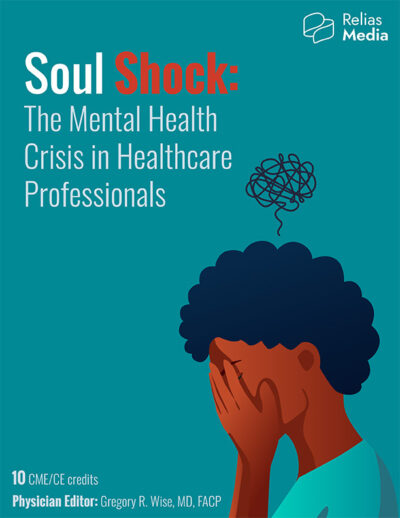
Calm Mind: Stress Reduction Tips Through Guided Imagery
Stress is an inevitable part of life, but finding effective strategies to manage it is essential for overall well-being. Guided imagery is a powerful technique that can help reduce stress and promote relaxation. Explore tips on incorporating guided imagery into your routine for a calmer and more balanced life.
Understanding Guided Imagery and Its Benefits
Guided imagery is a relaxation technique that involves creating a mental image or scenario to evoke a sense of calm and well-being. This practice engages the mind in positive and soothing visualizations, helping to redirect thoughts away from stressors. The benefits include reduced stress, anxiety, and improved overall mental health.
Creating a Quiet and Comfortable Space
To fully immerse yourself in guided imagery, find a quiet and comfortable space where you won’t be disturbed. Eliminate distractions and create an environment that allows you to focus inward. This could be a cozy corner in your home, a serene outdoor setting, or even a comfortable chair with soft lighting.
Choosing Guided Imagery Resources
Numerous resources, including apps, websites, and audio recordings, offer guided imagery sessions. Explore different options to find what resonates with you. Some may prefer guided sessions with nature sounds, while others might enjoy soothing music. Choose resources that align with your preferences for a more personalized experience.
Practicing Mindfulness and Deep Breathing
Combining guided imagery with mindfulness and deep breathing enhances its effectiveness. Start by focusing on your breath, inhaling deeply and exhaling slowly. This mindful breathing prepares your mind for the guided imagery experience, promoting a state of relaxation and receptiveness.
Visualizing Peaceful Scenes
Guided imagery often involves visualizing peaceful and serene scenes. Close your eyes and imagine yourself in a tranquil place – it could be a beach, a forest, or a meadow. Engage your senses by picturing the details: the sound of waves, the scent of flowers, or the warmth of the sun. Allow these images to transport you to a state of calm.
Incorporating Guided Imagery into Daily Routine
Consistency is key when it comes to reaping the benefits of guided imagery. Incorporate short sessions into your daily routine, whether it’s in the morning to start your day on a positive note or in the evening to unwind before bed. Making it a habit can contribute to long-term stress reduction.
Exploring Progressive Muscle Relaxation
Guided imagery often pairs well with progressive muscle relaxation (PMR). This technique involves tensing and then slowly releasing different muscle groups to induce physical relaxation. Combining PMR with guided imagery provides a holistic approach, addressing both mental and physical aspects of stress.
Customizing Imagery for Personal Comfort
Guided imagery is a personal experience, and it’s essential to customize visualizations to suit your comfort and preferences. If certain scenes or scenarios evoke stress, adapt the imagery to something more soothing. This customization ensures that the guided imagery practice remains a positive and enjoyable experience.
Seeking Professional Guidance if Needed
While guided imagery is generally safe for most individuals, those dealing with severe stress or trauma may benefit from professional guidance. Therapists or counselors experienced in guided imagery can provide tailored sessions to address specific concerns and ensure a supportive environment.
Conclusion: Embracing Tranquility Through Guided Imagery
In conclusion, incorporating guided imagery into your routine is a simple yet powerful way to reduce stress and promote a sense of tranquility. By understanding the technique, creating a conducive environment, and customizing visualizations, you can harness the benefits of guided imagery for improved mental well-being. To explore more tips for reducing stress through guided imagery, visit Tips for reducing stress through guided imagery.



